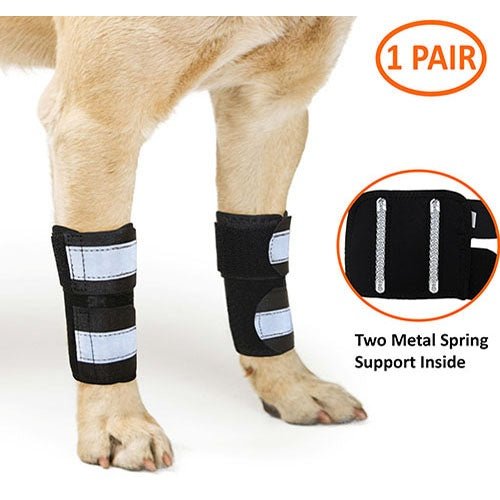
Decoding Dogs and Their Toys: Unraveling the Unique Bond
For years, we’ve been fascinated by the unique ways dogs interact with their toys, closely observing their behaviors at Holiday Barn Pet Resorts. Collaborating with professional dog trainers and animal behavior experts has given us valuable insights, even though we don’t claim to be dog psychologists or trainers ourselves. One of the most captivating and sometimes puzzling behaviors we’ve witnessed is how dogs form unique "relationships" with their toys.
Most dogs have a fondness for some type of toy, though it may not always be the plush, stuffed variety that first comes to mind. Many dogs find entertainment in everyday objects, transforming a simple stick or crumpled paper into a cherished toy. Whether it’s instinct, playfulness, or sheer enjoyment driving these choices, it’s clear that toy preferences run deep for our canine companions. But why do some dogs act so attached to specific toys, and what lies behind the quirky behaviors they often display?

Why Do Dogs Choose Certain Toys?
A dog’s toy choice often connects with its natural instincts and individual personality. Toys can fulfill different needs—whether it’s satisfying a strong urge to chew, igniting the thrill of the chase, or providing comfort. For instance, a dog with a high prey drive might favor toys that mimic movement, while others with a need to chew are drawn to durable, tough toys. Meanwhile, some dogs may pick up a soft toy and carry it around gently, almost as though it were their own puppy.
In some cases, a dog’s choice is as simple as enjoyment or comfort. Like humans, dogs develop preferences and sometimes quirky attachments to certain objects. Some dogs even form a deep bond with a favorite toy, treating it as a constant companion—carrying it from room to room, sleeping with it, and even guarding it. While this connection may seem curious, it’s usually a harmless reflection of the dog's personality and need for companionship.

Unusual Behaviors Around Toys
Occasionally, dogs will act in unexpected ways with their toys, leading to questions from curious owners. It’s not unusual to see a dog bark at a toy, hide it, or engage in repetitive actions. These behaviors can stem from their natural instincts or may simply be part of a self-made game. For example, burying toys may mimic a dog's instinct to hide resources, while repetitive actions can meet a mental or physical need.
By understanding these quirks, we gain a deeper appreciation for our dogs' personalities and can strengthen our connection with them. Every toy choice and behavior is a glimpse into their individuality, enhancing the joy and specialness of our bond with them.
Featured collection
NeoAlly 3-in-1 Front Leg Dog Splint Brace: Rigid & Spring Inserts, Safety Reflective Straps (Pair)
NeoallypetsSafeguard your canine companion's legs with the NeoAlly 3-in-1 Front Leg Dog Splint Braces, specially crafted to provide optimal support fo...
View full detailsNeoAlly 3-in-1 Long Rear Leg Hock Brace - Rigid and Spring Inserts | Safety Reflective Straps [Long Version] (Pair)
NeoallypetsVets Highly Recommend to Wear Pair The study has shown that when a dog gets injured in one leg, it is highly likely the other leg will get in...
View full detailsNeoAlly 3-in-1 Short Rear Leg Hock Brace for Smaller Dogs with Rigid and Spring Inserts | Safety Reflective Straps [Short Version] (Pair)
NeoallypetsVets Highly Recommend to Wear Pair The study has shown that when a dog gets injured in one leg, it is highly likely the other leg will get in...
View full detailsNeoAlly Dog Back Brace for Dogs with Inserts for Extra Support
NeoallypetsFrom IVDD to spinal arthritis, spondylitis, spinal trauma, pulled muscles, and sprains, dogs experience discomfort and pain that can limit their qu...
View full detailsNeoAlly Dog Front Leg Brace with Reflective Straps - Metal Spring Inserts for Carpal Support (Pair)
NeoallypetsIntroducing NeoAlly's Dog Braces with Front Leg Metal Spring Support, meticulously crafted to offer joint support for your beloved canine. Engine...
View full details









